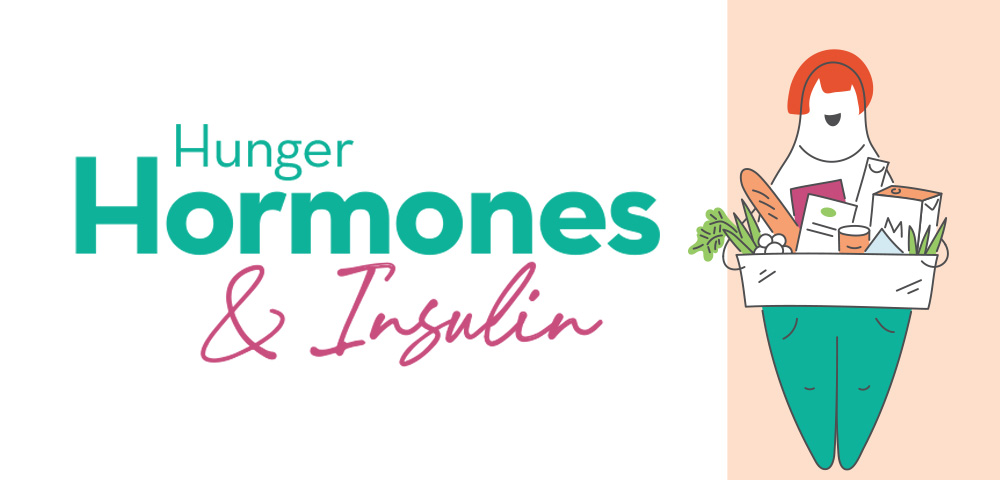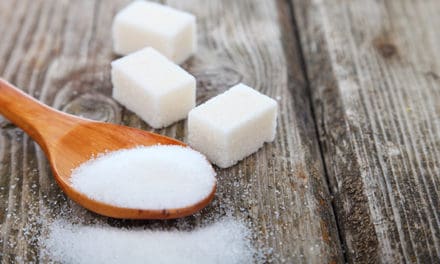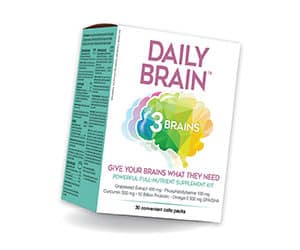
Hormones are chemical messengers that influence every aspect of our physiology. They are secreted most in response to triggers beyond our control, such as daily rhythms, monthly cycles, and once-in-a-lifetime events like puberty and menopause.
When people say, “it’s your hormones,” the implication is that there’s nothing you can do about it. It’s easy to get the impression that we are at the mercy of our hormones, that they are in the driver’s seat, and we are just along for the ride. However, one of the primary hormones that govern our metabolism is almost entirely within our dominion.
Insulin is released from the pancreas in small amounts throughout the day and larger amounts after eating. Insulin tells fat cells to store fat and prevent stockpiled fat from being burned for energy. How much insulin is secreted after meals depends on what we eat, and that means you can control your major fat-storage hormone with savvy food choices.
To Carb or Not to Carb
Since carbohydrates famously spike insulin secretion, the simplest solution might seem to ditch carbs altogether. A low-carb diet will indeed cause insulin levels to drop, which partly reinforces the current popularity of virtually carb-less ketogenic diets. However, forgoing carbs entirely is not sustainable for most individuals. Going on and off keto or having “cheat days” can cause more harm than good and sabotage your efforts.
Certainly, cutting way back on the carbs that are most likely to jack up your blood sugar is a no-brainer. Common culprits include white flour, refined sugar, highly processed grains, and high fructose corn syrup. But what about potatoes, fruit, and high-glycemic-index vegetables like carrots?
The body’s insulin output responds to the totality of a meal, not its components. Instead of vilifying a single macronutrient, consider balancing each meal and snack to minimize insulin-provoking potential. Protein, fat, and fibre all buffer the effect of carbohydrates. Craving a banana? Pick a small one – or half of a large one – and enjoy it with some nut butter to balance out the natural sugars. Want an apple? Have a piece of cheese to complete the protein, fat, and fibre trifecta. Feel like your meal isn’t complete without a starchy side dish? Swap white rice for brown, and throw in some sautéed veggies, a little feta, and a drizzle of olive oil to achieve postprandial hormone harmony. This kind of macronutrient stacking quickly becomes second nature with a bit of practice.
A Little Help from Mineral Friends
Magnesium deficiency is one easily remedied contributor to dysfunctional insulin. A little-known pro tip is that increasing magnesium intake improves insulin efficiency, even in people with normal magnesium levels. Magnesium-rich sources include green leafy vegetables, nuts, seeds, and legumes. The recommended daily intake is a hefty 420 mg for males and 320 mg for females. If you aren’t getting close to that, consider topping up with a magnesium supplement to get your insulin onside again. Chromium is a trace mineral that plays a beneficial role in optimizing insulin use. You’ll find chromium in tiny amounts in brewer’s yeast and in beef. Look for a high-chromium multivitamin to help you get the upper hand over fat-storage hormones.
With a few strategic nutrition changes and the addition of key nutrients, you can control insulin rather than let it control you.














